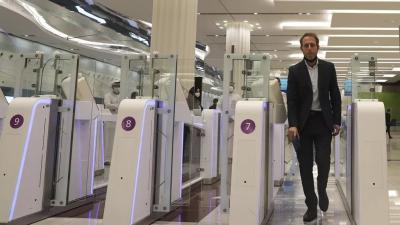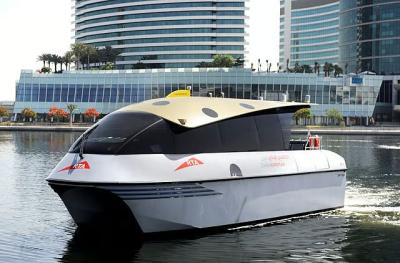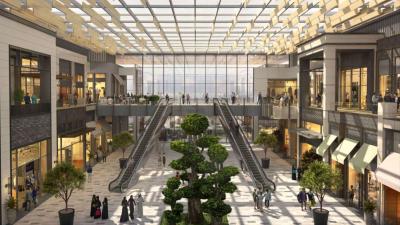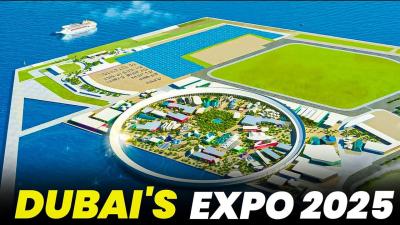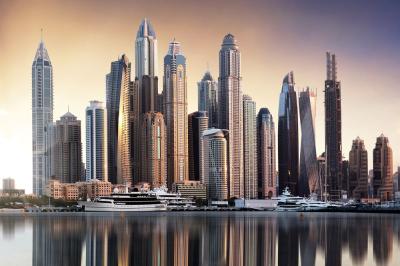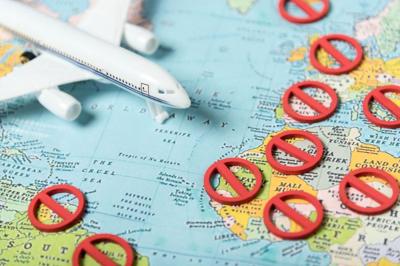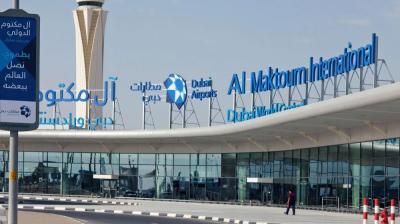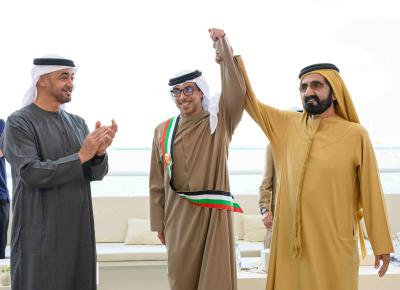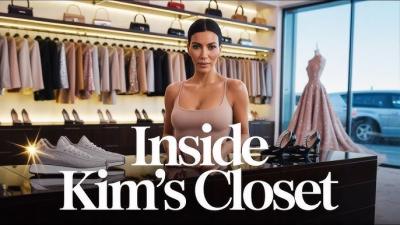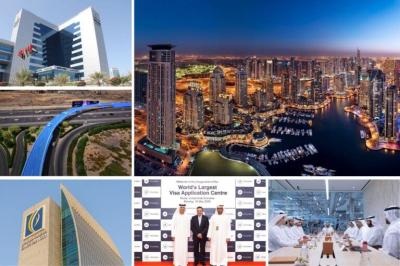DIFC Company Registrations Surge 32% in H1 2025
The Dubai International Financial Centre (DIFC) has achieved a significant milestone in the first half of 2025, registering a 32% year-on-year growth in new company formations. This increase reflects DIFC’s continued evolution as a global financial powerhouse, attracting firms from across the globe seeking to tap into the Middle East, Africa, and South Asia (MEASA) region's fast-growing markets.
Impressive Half-Year Performance
From January to June 2025, the DIFC welcomed 1,081 new businesses, pushing the total number of active companies to over 7,700. This marks the highest first-half performance in the centre’s two-decade history. The surge includes firms across financial services, fintech, consulting, legal, and tech-based industries.
The influx of registrations reflects increasing confidence in Dubai’s strategic position, strong regulatory framework, and ease of doing business. Startups, hedge funds, and multinational corporations alike continue to view DIFC as a key launchpad for expansion into emerging markets.
| Category | H1 2024 | H1 2025 | Growth (%) |
|---|---|---|---|
| Total Registered Companies | 6,652 | 7,733 | +32% |
| Hedge Funds | 49 | 85 | +72% |
| Family Business Offices | 70 | 121 | +73% |
Key Drivers Behind the Growth
Several factors contributed to the sharp rise in registrations:
- Strategic Location: Positioned at the crossroads of Asia, Europe, and Africa, DIFC offers easy access to a 3 billion+ population market.
- Robust Legal Framework: Operating under an English-language common law system, DIFC provides certainty for international investors.
- Fintech Ecosystem: DIFC FinTech Hive continues to attract startups and accelerators, making it a regional leader in financial innovation.
- Tax and Ownership Incentives: DIFC’s 100% foreign ownership and zero tax on income and profits remain major draws for businesses worldwide.
Sectoral Highlights
Among the sectors that witnessed the most growth were hedge funds, family offices, and fintech startups. Hedge fund numbers grew by an astonishing 72%, many of which originate from the U.S., UK, and India. DIFC’s reputation for transparency, regulation, and access to capital has turned it into the region’s hedge fund hub.
Meanwhile, family offices—privately held companies managing wealth and investments for high-net-worth individuals—grew by 73%. This trend shows the growing appetite among global elite to secure long-term wealth planning through Dubai’s stable financial infrastructure.
DIFC FinTech Hive: A Growth Engine
The DIFC FinTech Hive continues to play a pivotal role. In 2025, it incubated more than 100 startups, focusing on blockchain, digital payments, AI-driven investment solutions, and compliance automation tools. These firms benefit from mentorship, regulatory sandboxes, and direct access to venture capital networks.
The rise of these digital-native companies also supports DIFC’s vision to be among the top 10 financial centres globally, driving the UAE’s national agenda around innovation and knowledge-based economies.
Global Recognition and Future Outlook
As of mid-2025, DIFC has strengthened ties with financial centres in Europe, Asia, and North America through new MoUs and cross-border initiatives. These include partnerships to ease licensing, enable regulatory passporting, and support sustainable finance frameworks aligned with ESG principles.
Looking ahead, DIFC is expected to maintain its upward trajectory. With increased investor confidence, favorable business reforms, and a focus on digital transformation, the financial district is well-positioned to attract the next wave of global capital and entrepreneurship.
Conclusion: More Than a Free Zone
DIFC’s surge in registrations is not merely a sign of growth — it's a testament to Dubai’s ability to position itself as a resilient, future-ready financial hub. It also signals the emirate’s commitment to diversifying beyond oil, building a sustainable economy rooted in finance, technology, and global trade.
As DIFC continues to innovate and expand, it offers a compelling case study of how vision, policy, and infrastructure can work together to create one of the most dynamic financial centres in the world.


